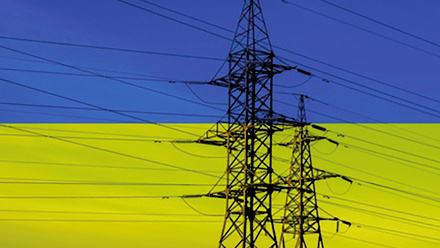UK energy sector still has career barriers for women in leadership
There are significant gaps at C-suite level for women and all-male boards persist, shows data from top 100 energy employers.

The analysis is courtesy of POWERful Women (PfW), in collaboration with Bain & Company.
The report reveals a significant gap in female representation in the top decision-making roles within the energy sector.
Data from the UK’s top 100 energy employers shows progress on female representation in leadership has stalled, though progress on women in middle management suggests a growing pipeline to more senior roles.
The sector has below 40% female representation in leadership and middle management, its 2030 target.
The organisation is calling for a commitment by all industry leaders to address barriers to attracting, retaining and progressing talented women by this time.
The Annual State of the Nation Report 2025, (representing a combined workforce of over 230, 000 people) shows that across the whole sector women are in:
- 30% of company board roles (executive and non-executive), a small increase from 29% in 2024
- 16% of Executive Director roles on boards, up from 15% in 2024
- 34% of Leadership roles, unchanged from 2024
- 34% of middle management roles, where there has been the highest increase, from 32% in 2024
- 15 UK energy companies still have no female board members at all
- 73% of company boards still have no female Executive Directors.
- Only 8% of CEOs and 9% of Board Chairs in the top 100 energy companies are women. The CFO role has the highest female representation, with women holding 16% of positions.
Moreover, the energy sector is significantly behind the FTSE 350, which has already achieved its 40% women on boards 2025 target.
On the positive side, five of the nine female chairs, three of the eight female CEOs and eight of the 13 female CFOs were appointed in the last two years.
Furthermore, the number of companies adding women to their boards over the past 12 months outpaced those removing them (20 boards added at least one woman, while seven boards removed one or more).
This year’s Annual State of the Nation report includes some deeper dives into company types to look at how female representation varies based on company size.







